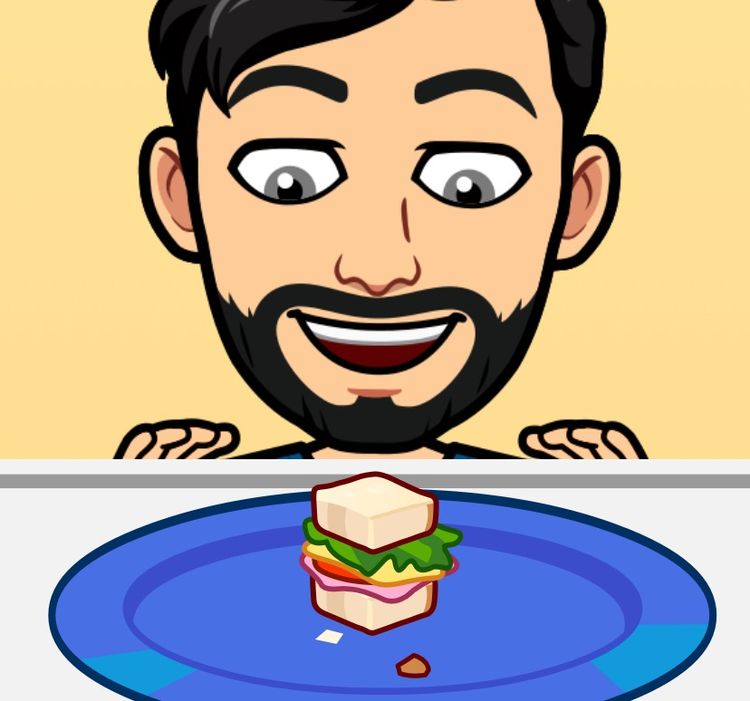A thought experiment on COVID-19

Human beings are amphibious – who can exist, survive and at times even prosper in two different realms. The first is the domain of facts, numbers and formulas, where we see most beings nurtured in. Then, there’s the realm of imaginative speculation, hypothetical reasoning and observational inquiry.
A thought experiment, as described by many much wiser than me considers a hypothesis, theory or principle for the purpose of thinking through its numerous consequences. Given the structure of the experiment, it may not be possible to perform it and even if it could be performed, there need not be an intention to perform it. Nevertheless, it remains an interesting tool that enables us to explore often impossible situations and predict their implications or outcomes.
Thought experiments in science:
One of the most popular examples include Schrödinger’s cat, described as a paradox and devised by Austrian physicist Erwin Schrödinger in 1935 during the course of his discussions with Albert Einstein.
In this case a cat, a flask of poison, and a radioactive source are placed in a sealed box. The flask is shattered after an arbitrary amount of time, releasing the poison, which kills the cat. The Copenhagen interpretation of this states that after a while, the cat is simultaneously alive and dead. Yet, when one looks in the box, one sees the cat either alive or dead, not both alive and dead.
Thought experiments in philosophy:
An interesting example of a philosophical thought experiment is Plato’s allegory of The Cave. This centers around a dialogue between Socrates and Glaucon (Plato’s brother).
A group of people are born and live within a dark cave. Having spent their entire lives seeing nothing but shadows on the wall, they lack a conception of the world outside. Knowing nothing different, they do not even wish to leave the cave. At some point, they are led outside and see a world consisting of much more than shadows.
Plato used this to illustrate the incomplete view of reality most of us have. Only by learning philosophy, Plato claimed, can we see more than shadows.
Upon leaving the cave, the people realize the outside world is far more interesting and fulfilling. If a solitary person left, they would want others to do the same. However, if they return to the cave, their old life will seem unsatisfactory.
“We live not only in a world of thoughts, but also in a world of things. Words without experience are meaningless.”
— Vladimir Nabokov
Now to the most exciting part:
I believe for the past couple of months we’ve all been eating, drinking and dreaming COVID-19 and it is safe to assume that the reader is well acquainted with some basic facts and figures about this pandemic. The affection rate of different countries to this global nuisance is variable owing to the rate of contraction, level of prevention implemented and overall co-operation of the society.
If you’ve been reading until this point I present to you my thought experiment on COVID-19: a future in which every individual on this planet has had a brush with the coronavirus. 100% of our population is infected, symptomatic or asymptomatic.
It is not a very difficult future to hypothesise and speculate on since our only real way of reducing the COVID-19 burden are either herd immunity or this illusive vaccine, both of which are quite far away even now. Social distancing, hand-washing and masks only delay the spread, not decrease it.
In a world with 100% contraction where does our case fatality rate stand? Where does the state of healthcare stand? Where do we stand?
Like Schrödinger’s cat, because we cannot get tested, we do not know if we have the virus or not. We have to act like we have the virus, so that we don’t spread it to others. We have to also act like we don’t have the virus and presume we aren’t immune to it. Therefore, simultaneously have and do not have the virus.
The population of humans on this planet might severely shrink, or a new breed of mutations would make us immune to this superbug. A collapse of current economic giants would lead to a new world order. The current global population stands at 7.8 billion. At 100% contraction, would the population be significantly less?
What are your interpretations on this thought experiment? Would love to hear it.
Until then, stay safe.
Enjoyed the read? Consider subscribing to my newsletter, ❄️ Freezethawed, to get a weekly update on thoughts pondered upon by me, insights I’ve been exposed to and may be some interesting facts I’ve encountered – delivered straight to your inbox.
Click here: ❄️ Freezethawed: The Newsletter




